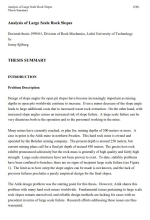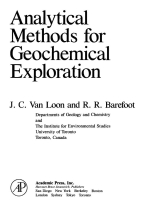Vibrations in mechanical systems are oscillations occurring without being intentionally provoked. They often have detrimental effects on the system performance and may cause premature wear of the system components, underperforming processes, and could even involve security problems, such is the case in aircraft wings; which in the worst case scenario, excessive vibration causes the aircraft to crash.
In oilwell drillstring systems, vibrations constitute an important source of economic losses; drill bit wear, pipes disconnection, borehole disruption and prolonged drilling time, are only some examples of consequences associated with drilling vibrations.<...>













